There pineapple plant belongs to the family of Bromeliadstype Pineapple. There are several species, the most famous and cultivated is theComosus pineapple. A tropical or sub-tropical climate is required to grow pineapple plants, so in our country they are mostly grown in pots for ornamental purposes or for small productions. Therefore, the cultivation of pineapples is possible, as long as one does not expect to harvest large quantities of fruit.
It is a relatively simple cultivation, just follow the right precautions. Here’s everything you need to know.
Etymology and history of the pineapple plant
The word pineapple comes from the name of the fruit in the language of the Indios Guaraní, as the plant is native to South America. Indigenous peoples of the Americas, including the Aztecs, Mayans and Incas, already cultivated it thousands of years ago.
It arrived in Europe in the late 15th century when Christopher Columbus brought fruit to Spain after his second voyage to the New World. Initially, theComosus pineapple it was a symbol of noble status and luxury, as only the wealthiest people could afford it due to the high import costs. During the 16th and 17th centuries, European botanical gardens began to cultivate and study the plant, which gradually became more common and accessible. Pineapples are currently among the most consumed fruits in the world.
How is the pineapple plant made?
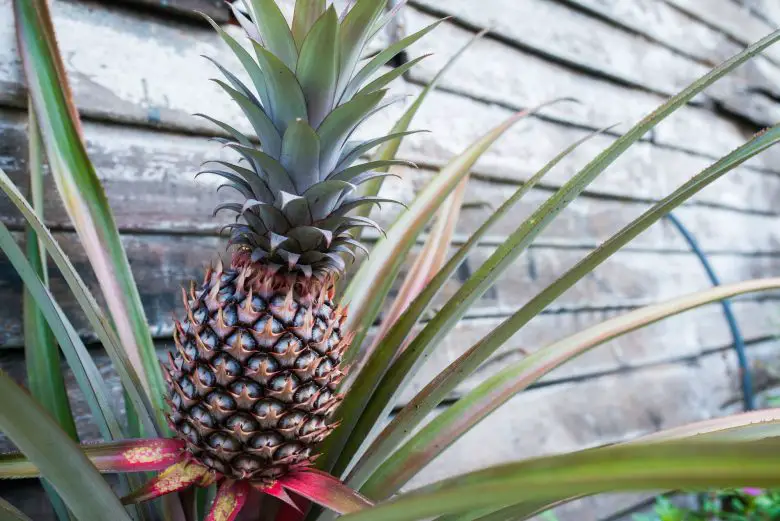
L’Comosus pineapple it is a perennial plant, not a tree, with a superficial root system. The leaves of the plant are long and narrow, lanceolate, with a broad base and pointed tip. They are dark green in color with lateral mottling. They are born arranged in a regular way along the plant, forming a rosette of leaves that can reach up to one meter in length.
Pineapples produce flowers gathered in an inflorescence, pink or reddish, which emerges from the center of the rosette. The individual flowers are compact on a short, sturdy stem and each flower has its own sepal. The sepals become juicy and develop into the fruit, crowned by a rosette of bracts.
L’Comosus pineapple it is a self-fertile plant, i.e. its flowers do not need cross-pollination to produce fruit. Each pineapple plant produces a single fruit every 18 months. Pineapple is basically a compound berry, i.e. a fruit made up of a set of smaller fruits. The pineapple peel is thick, formed by fused plates. The internal pulp is sweet and juicy, of the typical yellow color, with a slightly fibrous consistency. The pulp contains a proteolytic enzyme, namely bromelain, a substance with marked anti-inflammatory properties.
How to grow pineapple in Italy
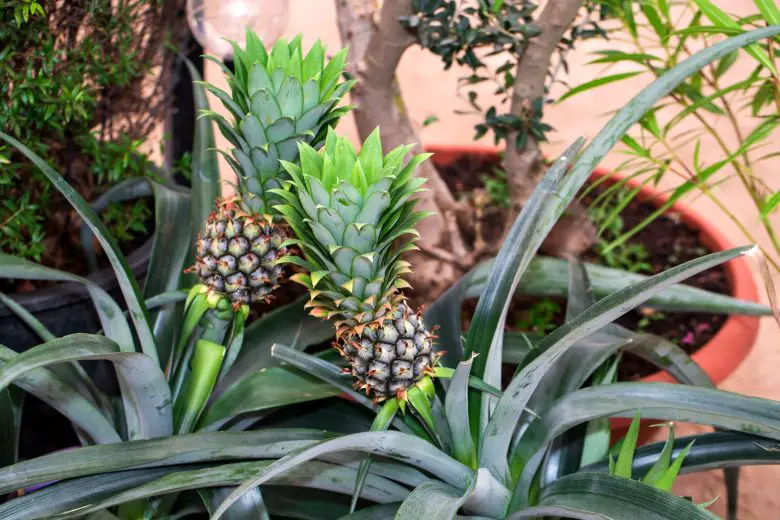
The pineapple plant, to be cultivated in the open field, requires a tropical climate, i.e. with averagely high temperatures with a high humidity rate. L’Comosus pineapple it does not tolerate temperatures below 4-5 °C for a long time and grows well with temperatures constantly above 15 °C. For these reasons, in Italy it could be grown outdoors only in the extreme southern regions and on the islands, for example along the coasts of Puglia, Calabria, Sicily and Sardinia. The alternative for intensive cultivation is the use of a heated greenhouse, with very high running costs.
In the home, however, the plant can be easily grown in pots, protecting it inside during the cold periods. Let’s see how.
What is the right exposure for a pineapple plant?
To successfully grow a pineapple plant in a pot, good exposure to light is essential, preferably in direct sun. In shady or dimly lit positions, the development of the plant will be more stunted, the leaves risk losing their characteristic mottling, the fruits will hardly reach full maturity.
From late spring and throughout the summer, the potted pineapple plant can be placed outside in full sun. In the autumn-winter months the pots should be protected indoors, for example by placing them in front of a large window which receives direct sunlight.
Avoid placing the pot near radiators, these dry the air and affect humidity, another fundamental factor for good growth.
What is the ideal soil for growing a potted pineapple plant?
For the cultivation of a pineapple plant in pots, a substrate mix is required consisting of a part of fibrous soil (for example that obtained from coconut fiber that you find here), one part acidic peat and one part sand or perlitea part of organic manure (earthworm humus or compost). It is essential that the soil allows for good drainage of the water used for watering, as the plant does not tolerate water stagnation, but at the same time requires a lot of water.
Pot suitable for growing pineapples at home
Not having the flat ground available, the pineapple plant in a pot needs a very large and even heavy container, to keep the vegetation in balance.
The ideal are the classic large terracotta potswhich are used for example for grow lemon in pot. Better to start directly with a large pot, thus avoiding subsequent and difficult repotting. If you start from a smaller pot, repotting should be done after 2 years. To improve the stability of the pot and support the weight of the plant, stones can be placed on the bottom.
How to multiply a plant of Comosus pineapple
Pineapple is a plant that multiplies easily vegetatively, starting from a ripe fruit or an adult plant. Let’s see individually the different techniques that will allow us to start cultivation.
Reproduction from the tuft
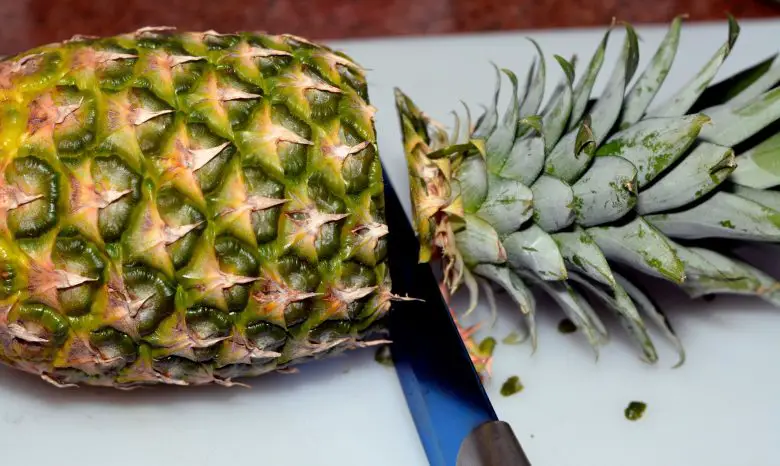
The simplest method to get a new pineapple plant is starting from the tuft of leaves that forms on the ripe fruit. Just any pineapple, even bought at the supermarket to try. The important thing is that the tuft of leaves is perfectly healthy, vital and without yellowing of any kind.
With a sharp knife, cut the tuft of leaves at the base of the fruit, remove the lower leaves and place it in a jar or container with water. The basal part of the tuft, to emit new roots, must touch the surface of the water.
Throughout the rooting period, the water level must always be kept constant, therefore the level should be checked every day. After 1-2 weeks, the first roots will begin to appear. When these have reached a length of about 2 cm, you can transplant the tuft into a pot. The best time to do this is spring.
Multiplication by suckers
Another technique for reproducing a pineapple plant is through suckers, which grow spontaneously around the rosette of main leaves.
The suckers are taken from the mother plant in spring, cutting below the ground with a knife. Once the sucker has been obtained, it can be planted directly in the soil of the pot. A plant thus obtained produces the first flower after 2 years.
Leaf cutting
Finally we can get a new pineapple plant with the cutting technique, of leaf. In spring, healthy leaves can be cut from the plant and left to dry in a shady place for a couple of days. After which they can be planted in moist soil and in a very bright location, but without direct sun until rooting has taken place.
How to water a potted pineapple plant?
Irrigation and humidity in general is a decisive aspect for the success of growing pineapple in pots. The substrate should always be kept well moist, but not soaked, watering regularly, even once a day in summer.
To avoid forming water stagnation in the saucer, expanded clay can be placed and the vase placed on top of it. In this way the clay will absorb the excess water, keeping the soil moist, but without creating water stagnation which could cause the roots to rot.
In autumn-winter the irrigations will be moderate, watering only when the surface layer of the soil is dry.
How to fertilize pineapple comosus
A good and periodic fertilization gives many benefits to the pineapple plant. Fertilization should be done in early spring, amending the soil with organic fertilizer. Excellent in this sense are the ground lupins.
How to prune a pineapple
Pineapple plants cannot be pruned, more than anything else the exhausted and yellowed basal leaves must simply be removed.
What pests attack pineapples?
L’Comosus pineapple it is a rustic plant and usually not subject to attacks by parasites. However, at home, it is possiblemealybug attack which will be eliminated with natural remedies at the first signs of infestation.
When does pineapple ripen?
Generally an adult pineapple plant produces a single fruit every 18 months. For correct ripening, the right temperatures are needed for a long time, so it is difficult for potted plants to ripen the fruit 100%.
Moreover, it is a fruit that does not continue ripening once detached from the plant, so it is good to choose the right moment for the harvest which can be recognized by observing the peel. The peel is ripe at the right point and is orange in colour, very fragrant. If the skin is green/grey the fruit is still unripe, if it is brown it is overripe. These simple indications can also be useful when buying a pineapple from the greengrocer.

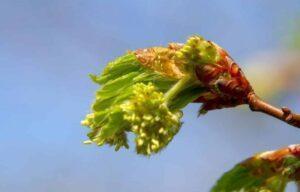
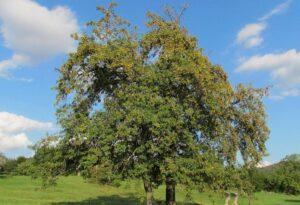
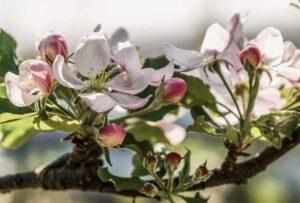
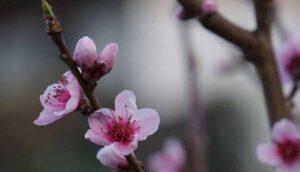
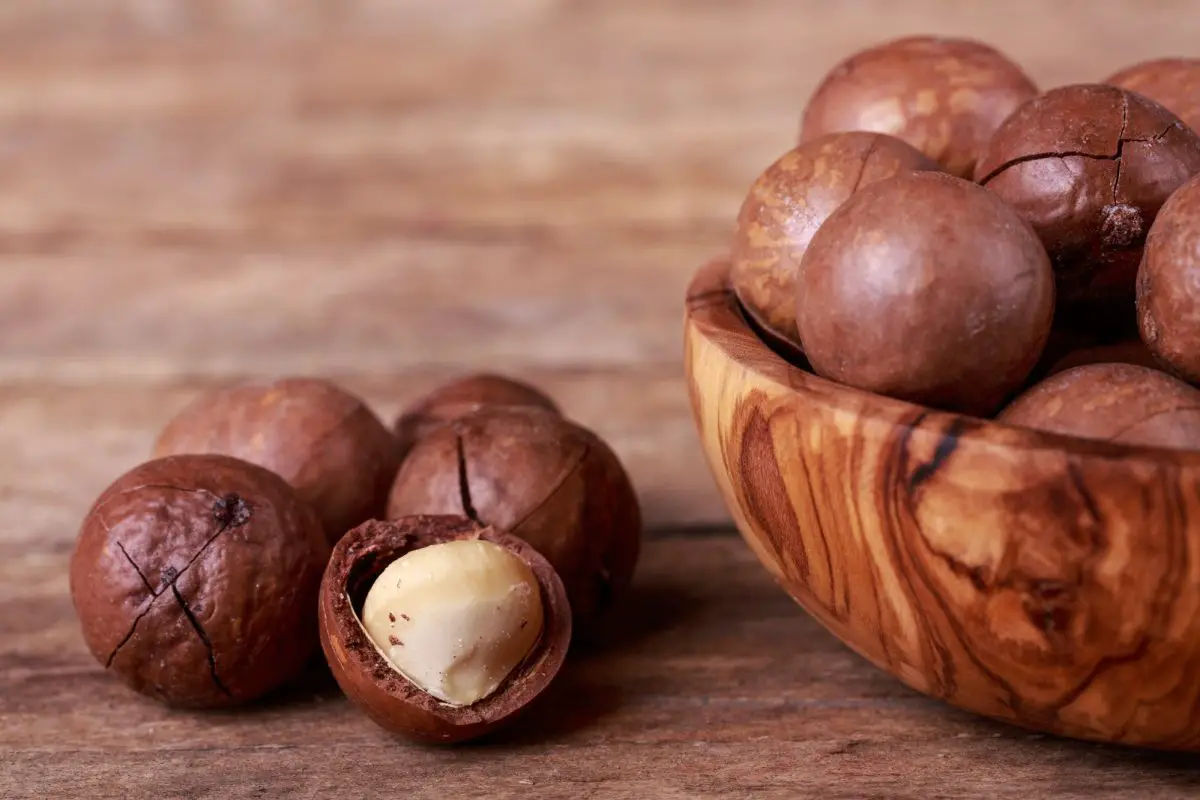
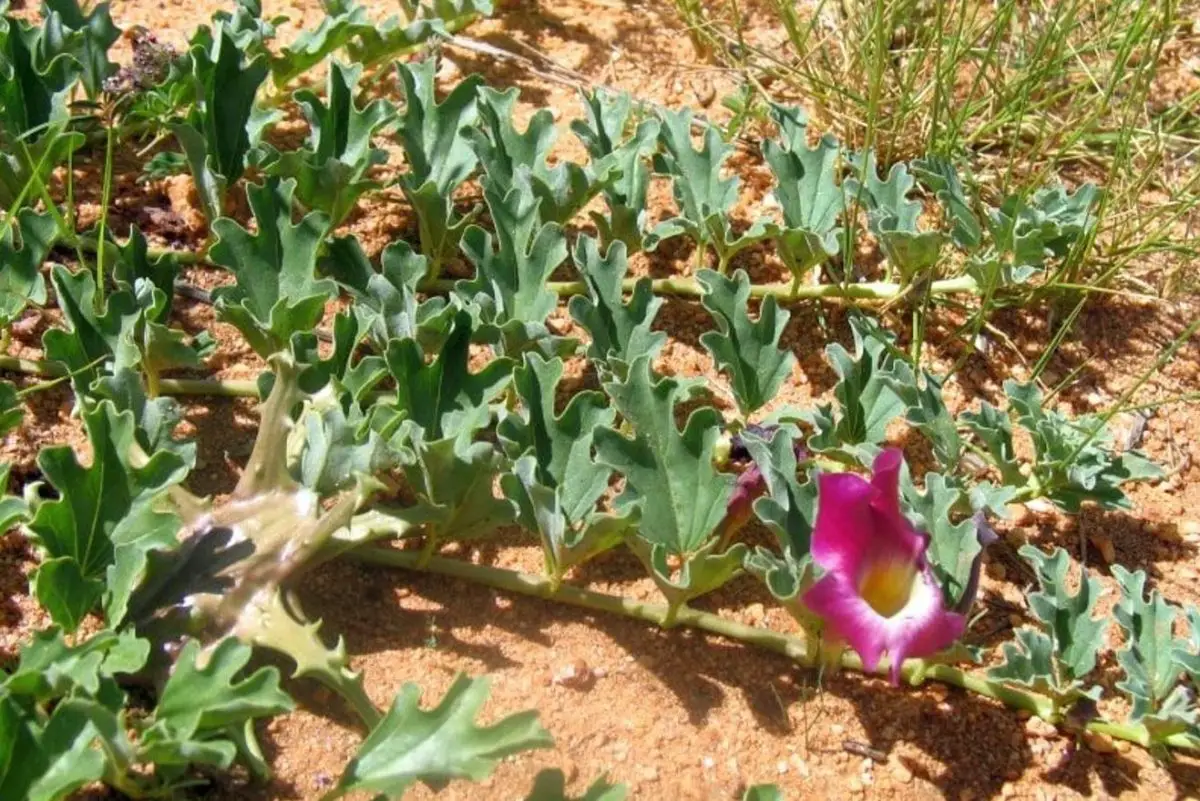
Start a new Thread